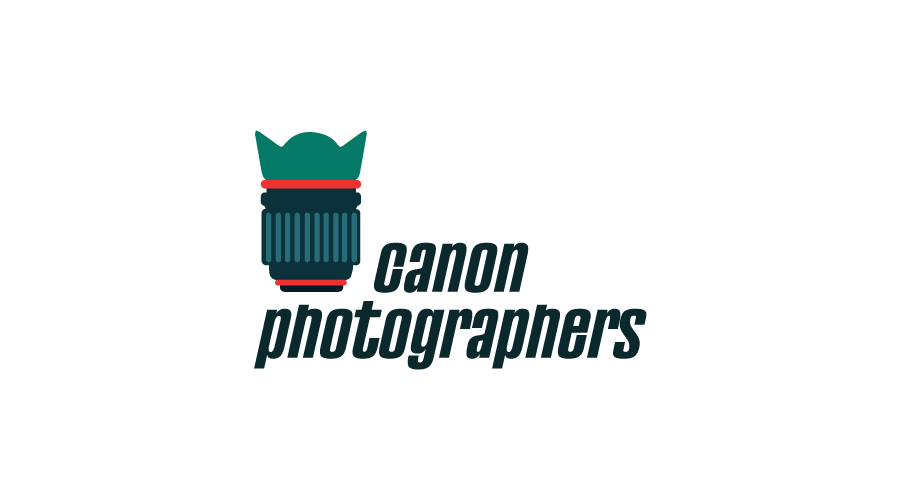Photoshop, the go-to image editing program in the business, has completely changed how we view digital art and photography. The ideal background may elevate your work to a masterpiece, whether you are a seasoned graphic designer, an aspiring artist, or just someone who enjoys playing with images. In this post, we’ll go into the realm of Photoshop backdrops, discuss how important they are to boosting your designs, and discuss where to look for inspiring materials to tap into your creative potential.
The Power of Photoshop Backgrounds
An image’s background establishes the scene for your artwork. It serves as the base for creating spectacular visual compositions. Backgrounds have the power to elicit feelings, convey messages, and attract viewers. They can range from delicate textures to spectacular sceneries. A suitable background may highlight the subject of your design, drawing the viewer’s attention to the key components and resulting in a unified and aesthetically pleasant visual experience.
Backgrounds that are abstract:
With their vivid colors, geometric shapes, and artistic patterns, abstract backgrounds invite imagination. They can give your projects a bit of refinement and are ideal for sleek, contemporary designs.
Landscapes and Nature:
Natural-themed backgrounds, such as breath-taking vistas, tranquil ocean scenes, and enchanted forests, give your projects a calming and immersing atmosphere. They are perfect for designs with a natural theme or eco-conscious enterprises.
Backgrounds with textures:
Textures can give your artwork depth and realism. Textures add a tactile touch to your digital projects, whether it’s a soft fabric backdrop, a concrete surface, or a rustic paper texture.
Color blends and gradients:
With the help of gradients, you may blend colors seamlessly to produce eye-catching backdrops. Gradients provide smooth transitions between colors. They are fantastic for elegant posters, social media graphics, and web design.
Retro & Vintage:
You can transport your viewers back in time and evoke sentimentality by using vintage backgrounds with fading hues, vintage film effects, and retro patterns.
Guidelines for Using Backgrounds Successfully
Adding to the Subject:
The background of your design should complement the main subject rather than dominate it. Make sure the backgrounds don’t compete with the primary point by picking ones that go with the topic or subject matter.
Branding Consistency:
Try to maintain consistency in colors, patterns, or themes when employing backgrounds for marketing materials or brand identity to reinforce your company’s visual identity.
Composition and Balance:
By strategically positioning components on the background, make sure the composition is balanced. Create a visually appealing arrangement by utilizing the rule of thirds, leading lines, and framing strategies.
Experiment and Have Fun:
Experiment with various backgrounds and effects without fear. A variety of tools are available in Photoshop to change and tailor backdrops to your needs.
Background for Photoshop: Where to Find Them
Websites with stock images:
You may find high-quality, royalty-free backdrop photos for your projects on a variety of websites. Shutterstock, Unsplash, and Pixabay are some examples of well-known platforms.
Photoshop Patterns and Brushes:
Investigate the enormous library of brushes and patterns that are offered for Photoshop. You can create distinctive and repetitive backdrops using these resources for a variety of applications.
DIY Backgrounds
Make use of the rich toolkit in Photoshop to create your backgrounds from scratch. Incorporate gradients, textures, and filters to create custom backdrops that meet the demands of your project.
Conclusion
Background for Photoshop are a crucial component of digital design because they give your creations the background and atmosphere they need to come to life. You may take your artwork to new levels by making the proper background selections and using them wisely. So explore the world of possibilities, experiment with different background types, and let your imagination run wild to create outstanding pieces of art. Enjoy the designing!


